The strata in Sanqingshan are complete. Those from the Neoproterozoic to
Quaternary are exposed in the Geopark and the surrounding areas (Table B-1), and
record the history of geological evolution and significant geological events in
this area since the Neoproterozoic Era.
The Nanhua System of the Neoproterozoic Era consists of marine clastic
rocks and tillite gompholite intercalated with limestones; The Sinian is
composed of siliceous rocks and carbonate rocks. They are all distributed at the
core of anticlinorium of the Geopark.
The Cambrian System and Ordovician System of the Paleozoic Era mainly
distribute around Sanqingshan. The strata from the Silurian System to the Upper
Paleozoic Era in the park are all denuded and only exposed outside of the
Geopark. The Cambrian is composed of carbonatite intercalated with argillaceous
shale and siliceous shale, together with black shale on the bottom, producing
sponge spicule fossils. Ordovician consists mainly of shale intercalated with
nodular limestone, producing a large amount of graptolithina fauna fossils. The
Silurian is composed of pelitic-arenaceous clastic rocks. Devonian consists of
psepholite, quartz sandstone and silt shale, which are usually unconformable to
Pre-Devonian. The Carbonic and Permian are composed of carbonatite.
|
Erathem
|
System
|
Series
|
Types of Rocks
|
Significant Geological Events and Geosites
|
|
Cenozoic
|
Quaternary
|
Holocene
|
Clay, mild clay and sandy gravel with alluvial and residual-slope accumulation in some areas
|
Himalaya Orogeny,
Landforms
|
|
Pleistocene
|
|
Neogene
|
|
Due to the fractures, the strata continued to be uplifted and eroded.
|
|
Paleogene
|
|
|
Mesozoic
|
Cretaceous
|
|
Lack of Mesozoic sedimentary strata, but a large fracture structure and magmatic intrusion occurred, as a result of Sanqingshan continuing to be uplifted and the strata above the Paleozoic Erathem being eroded. Five granitic pedigree units are exposed.
|
Yanshan Movement and structure magmatic intrusion event, the early Cretaceous granites, fractures, joints, etc.
|
|
Jurassic
|
|
|
Triassic
|
|
|
Paleozoic
|
Upper Paleozoic
|
Permian
|
|
The Silurian System and upper Paleozoic Era were eroded. During this period, there were three events: (1) Due to the Caledonian Orogeny in the early Palaeozoic era, the region was uplifted and became land from ocean; (2) Due to the Transgression during the middle Devonian period, the land became ocean; and (3) Due to the Indosinian-Hercynian Orogeny during the Triassic period, this region and the Geopark were not ocean any more and became lands.
|
Late Paleozoic Era, Indosinian-Hercynian Orogeny
|
|
Carboniferous
|
|
|
Devonian
|
|
Pre-Devonian folds and striations
|
|
Lower Paleozoic
|
Silurian
|
Lower
|
Lack of some strata, mainly sandstone
|
Caledonian Orogeny
|
|
Ordovician
|
Upper
|
Clastic rock intercalated nodular limestone
|
|
|
Middle
|
Siliceous shale, silicolite, carbonaceous shale
|
graptolithina fauna thrived
|
|
Lower
|
Siltstone, silty mud, shale, calcareous shale
|
|
|
Cambrian
|
Furongiian
|
Carbonate rocks, calcareous mud shale
|
|
|
Series 3
|
Carbonate rocks intercalated siliceous shale
|
Bedding, bedding plane, etc.
|
|
Series 2
|
|
Terreneuvian
|
Black shale containing stone coal, silicolite containing carbon, sponge spicule fossils
|
Anoxic event,
Cambrian Explosion
|
|
Proterozoic
|
Neoproterozoic
|
Sinian
|
Upper
|
Silicolite, carbonate rocks
|
|
|
Lower
|
|
|
Nanhuan
|
Upper
|
Graystone, siltstone, shale
|
|
|
Middle
|
Moraine conglomerate, moraine mud, limestone containing manganese
|
Snowball Earth, Tillite
|
|
Lower
|
Sandstone containing gravels, shale, tuffite
|
|
|
Qingbaikouan
|
Dengshan Group
|
Rift typebimodal volcanic rock series such as glutenite, slate intercalated basalt, rhyolite, tuffiteexposed outside of the Geopark
|
Crustal extension and volcano event
|
|
Zhangcun Rock Slice
|
Tectonic melang, mainly metamorphic basic-acid volcanic rocks, slate, phyllite and hybrid ophiolite in the northwest to the Geopark
|
Paleoplate collosion event, tectonic melange
|
Table B-1 The strata and geological history i n Sanqingshan area
The areas in dark grey show that no stratum was exposed in the Geopark
(Qingbaikouan System) or the strata were eroded when they were uplifted (the
Upper Paleozoic Erathem) or the strata were not deposited (Mesozoic Erathem),
see the explanation in the table.
No Mesozoic strata are exposed inside the Geopark and they are distributed
in the continental faulted basin outside of the Geopark. However, five early
Cretaceous intrusive pedigree units which are a part of Mesozoic Huaiyushan
granite batholith (Huaiyushan series) are exposed in the Geopark.
Only Quaternary strata including Pleistocene and Holocene series in
Cenozoic Erathem are exposed in the Geopark, mainly in ravines and flatlands.
The main rock layers are clay layer, mild clay layer and sandy gravel layer with
alluvial or residual-slope accumulation gravel clay layer.

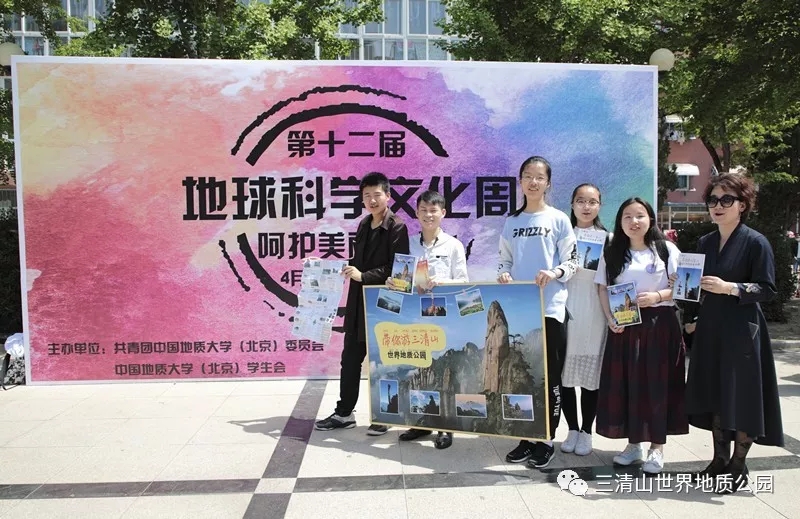
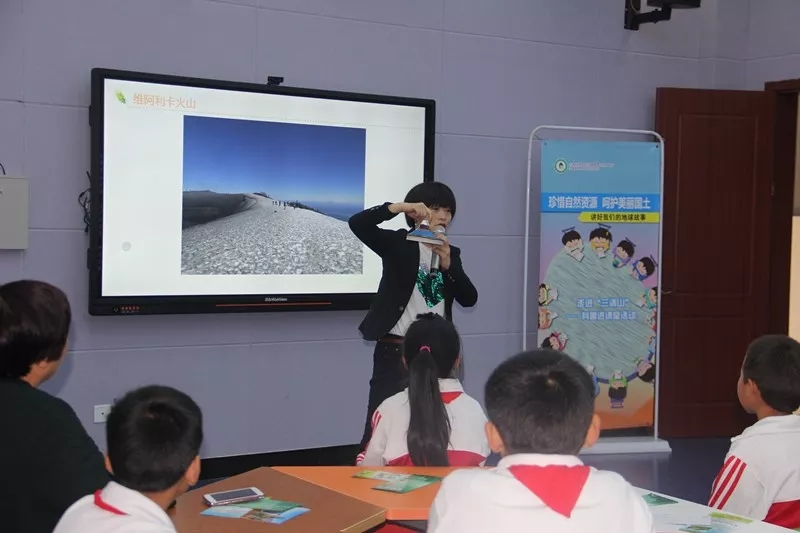
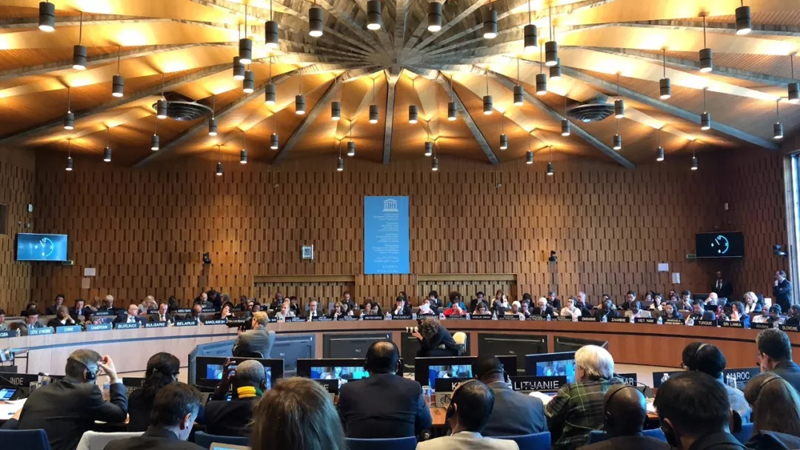
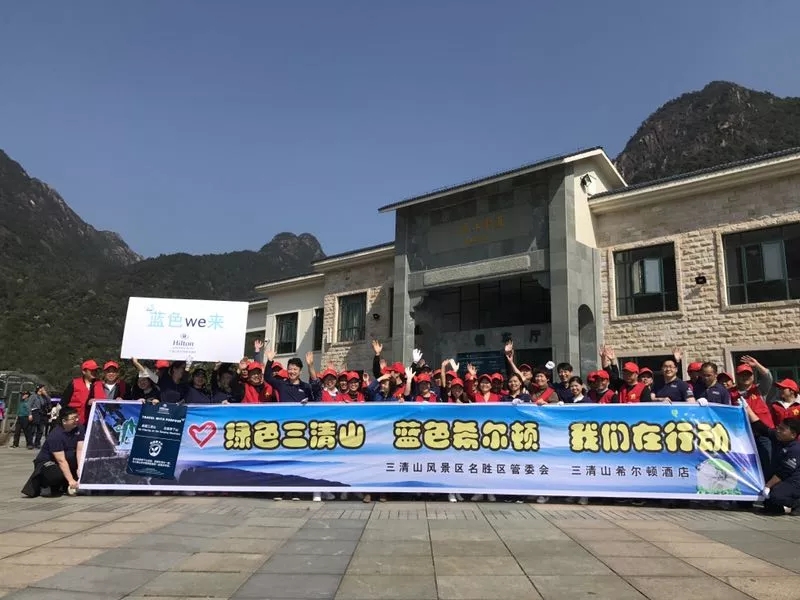
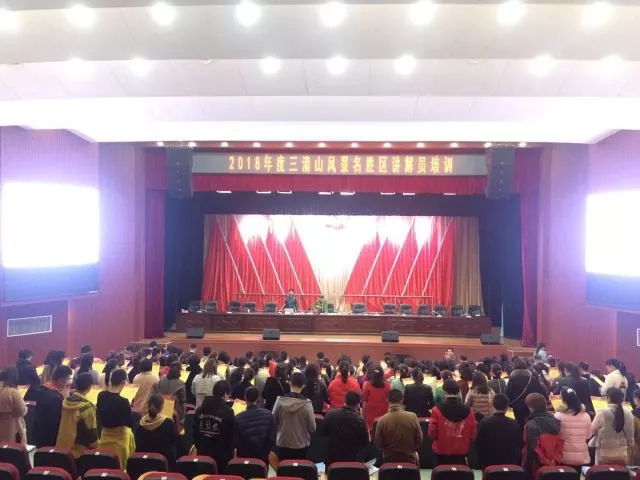
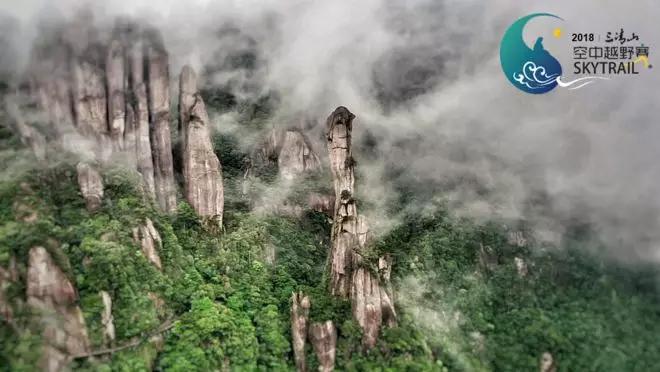








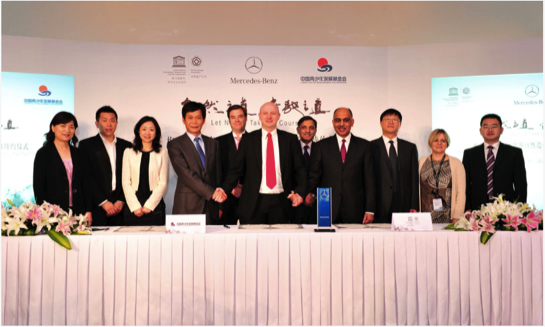
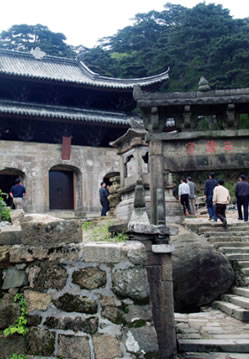
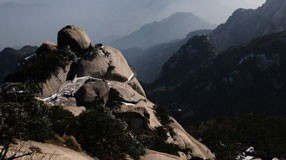
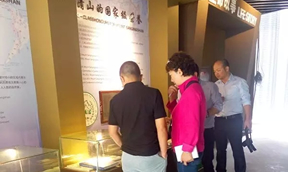
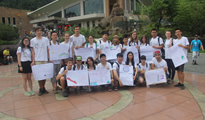
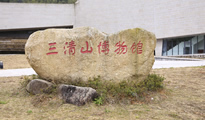
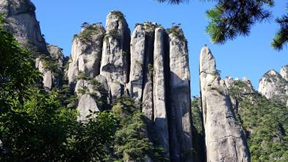
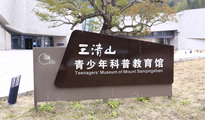
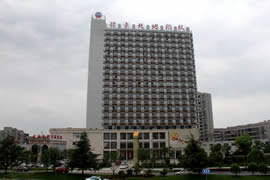







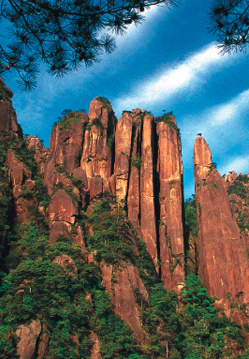
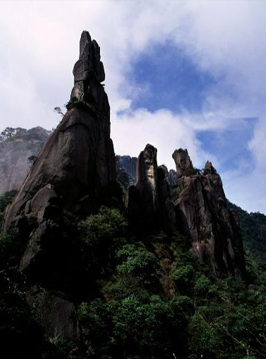
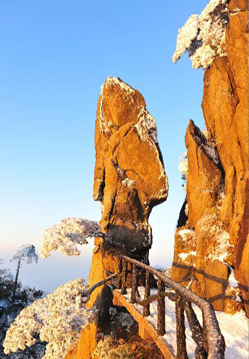
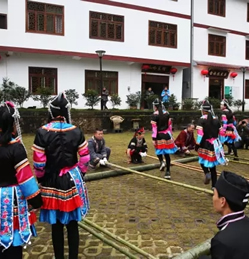
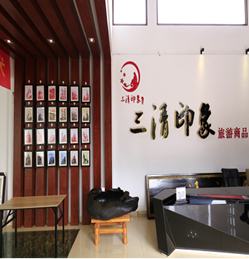
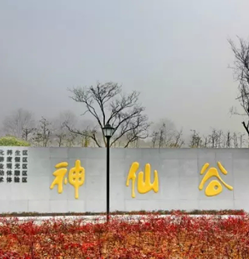
 赣公网安备 36110202000032号
赣公网安备 36110202000032号